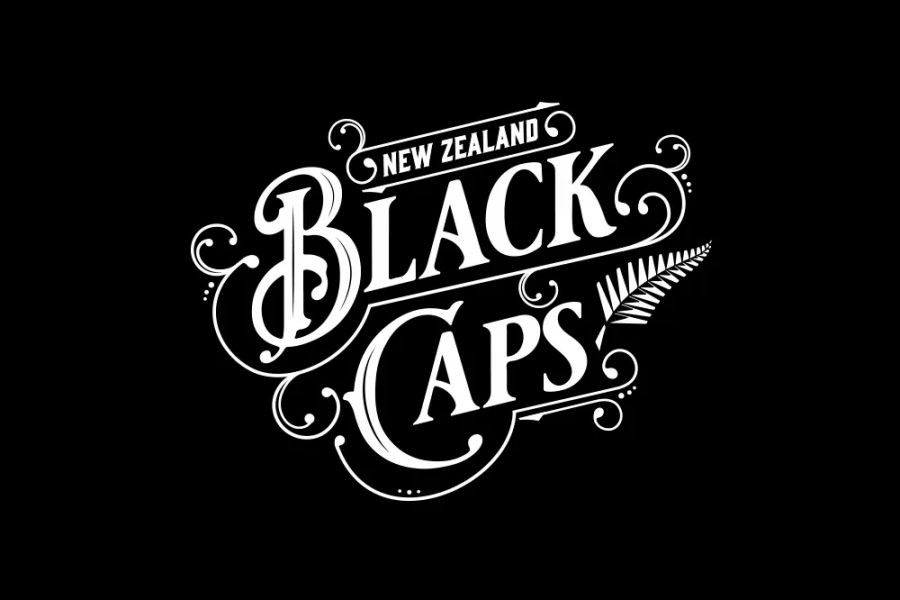Starting a craft brewery in Australia presents a unique opportunity for entrepreneurs, given the country's growing appetite for locally produced, high-quality beverages. With the Australian craft beer market experiencing significant growth, driven by consumer preference for unique flavors and artisanal products, establishing a brewery can be a lucrative venture. However, navigating the myriad of regulations, market dynamics, and economic factors is essential for success.
The Craft Beer Boom in Australia
According to the Australian Bureau of Statistics, the craft beer industry has seen a remarkable increase in market share over the past decade, now accounting for approximately 10% of the total beer market. This growth is supported by the Australian government's push for local manufacturing and innovation, alongside a vibrant culture of entrepreneurship.
Consumer trends indicate a shift towards premium and diverse beer offerings, making the craft beer sector an attractive investment. However, with increased competition, differentiating your brewery through unique offerings and branding is crucial.
Understanding the Regulatory Landscape
Navigating Australia's regulatory environment is one of the first steps in establishing a craft brewery. The Australian Taxation Office (ATO) regulates excise duties on beer, which can significantly impact profitability. Breweries must comply with various health and safety standards, as well as adhere to labeling requirements set by Food Standards Australia New Zealand (FSANZ).
Moreover, securing a liquor license is essential, with each state having its own licensing authority. Engaging with local councils early in the process can help streamline approvals and ensure compliance with zoning laws.
Case Study: Stone & Wood Brewing Co.
Stone & Wood Brewing Co., established in Byron Bay, serves as a compelling example of a successful craft brewery in Australia.
Problem: Founded in 2008, the company faced the challenge of penetrating a market dominated by large beer corporations.
Action: Stone & Wood focused on creating unique, high-quality beers using locally sourced ingredients. They emphasized sustainability and community engagement, which resonated with consumers. By leveraging a strong brand story and strategic distribution partnerships, they expanded their market presence.
Result: The company's revenue grew significantly, leading to a 60% increase in sales over five years. Stone & Wood became one of Australia's leading craft breweries, demonstrating the potential for growth within the industry.
Takeaway: Craft breweries can thrive by focusing on quality, sustainability, and community engagement, aligning with consumer values and market trends.
Financial Considerations and Market Entry
Starting a craft brewery requires substantial capital investment, often ranging from AUD 500,000 to several million, depending on the scale and location. Financing options include personal savings, bank loans, and venture capital. The Australian government's Export Market Development Grant (EMDG) can also provide financial assistance for breweries looking to expand internationally.
According to the Reserve Bank of Australia, small to medium enterprises (SMEs) that adopt innovative practices, such as digital marketing and direct-to-consumer sales, report 27% faster revenue growth. Thus, integrating technology and e-commerce can enhance market reach and profitability.
Pros and Cons of Starting a Craft Brewery
Pros:
- Growing Market: The craft beer market is expanding, with increasing consumer demand for unique flavors.
- Community Engagement: Craft breweries often foster strong community ties, enhancing brand loyalty.
- Potential for Innovation: Opportunities to experiment with diverse ingredients and brewing techniques.
Cons:
- Regulatory Complexity: Navigating excise duties, licensing, and compliance can be challenging.
- High Initial Costs: Significant capital investment is required, with long lead times before profitability.
- Market Saturation: Increasing competition requires strong differentiation and branding.
Common Myths and Mistakes
Myth: "Craft breweries are only for beer enthusiasts." Reality: Craft breweries appeal to a wider audience, including tourists and those seeking unique dining experiences.
Myth: "Higher prices deter consumers." Reality: Many consumers are willing to pay a premium for quality and unique flavors, as shown by the growing market share of craft beer.
Future Trends and Predictions
As sustainability becomes a key focus, expect an increase in breweries adopting eco-friendly practices, such as solar energy and water recycling. Additionally, the integration of technology in operations and marketing will continue to shape the industry. By 2030, it's predicted that 50% of breweries will utilize advanced brewing technologies, enhancing efficiency and product innovation.
Conclusion
Starting a craft brewery in Australia offers exciting opportunities but requires careful planning, significant investment, and a thorough understanding of the market and regulatory environment. By focusing on quality, innovation, and community engagement, entrepreneurs can carve a niche in the thriving craft beer industry. What unique flavors or approaches will you bring to the table? Share your thoughts below!
People Also Ask
What are the biggest challenges in starting a craft brewery in Australia? Navigating complex regulations and securing financing are significant challenges. However, strategic planning and community engagement can mitigate these hurdles.
How can technology benefit craft breweries? Technology enhances operational efficiency and marketing reach. Breweries using digital platforms report faster revenue growth, according to the RBA.
Related Search Queries
- Starting a craft brewery business plan
- Craft beer market trends Australia
- How to get a brewery license in Australia
- Australian craft beer brands
- Craft brewing equipment costs






























